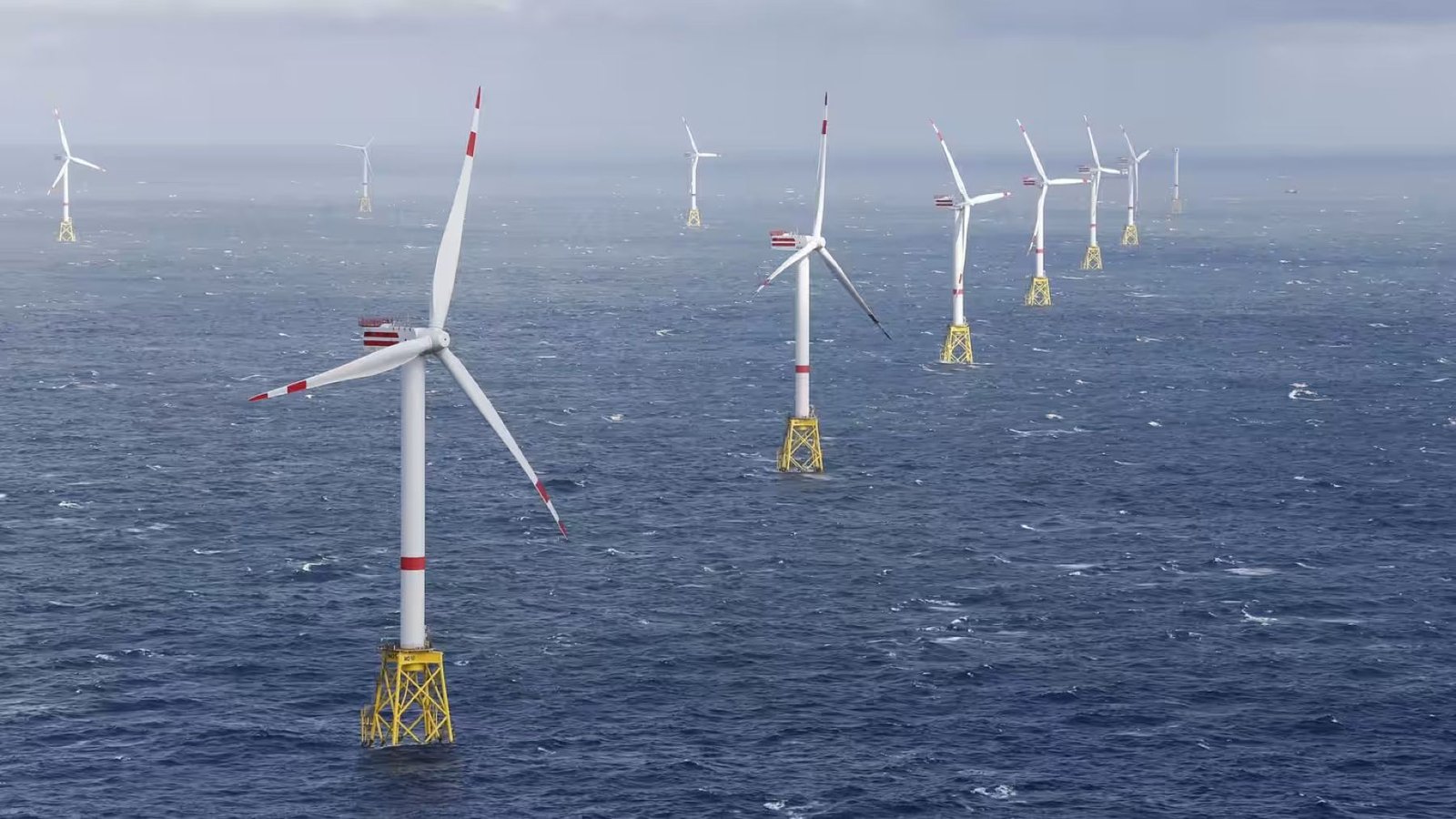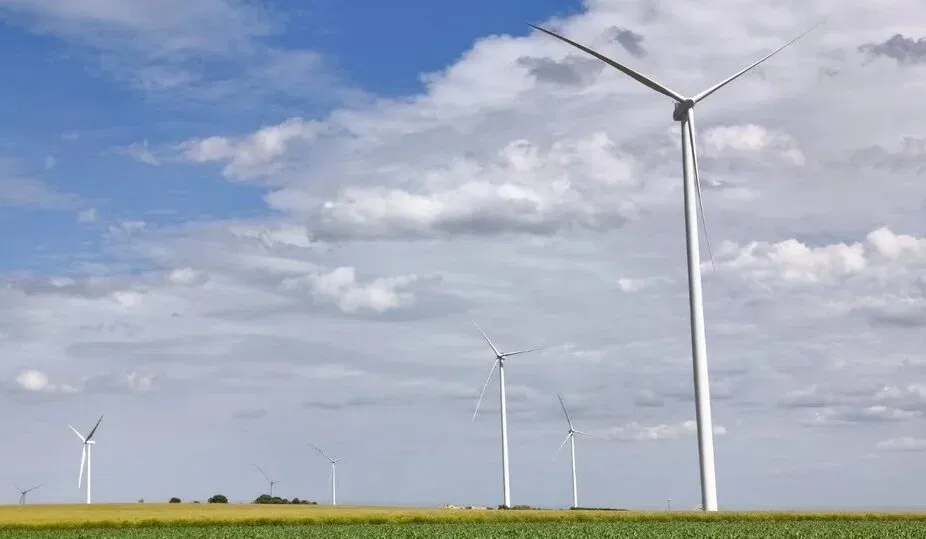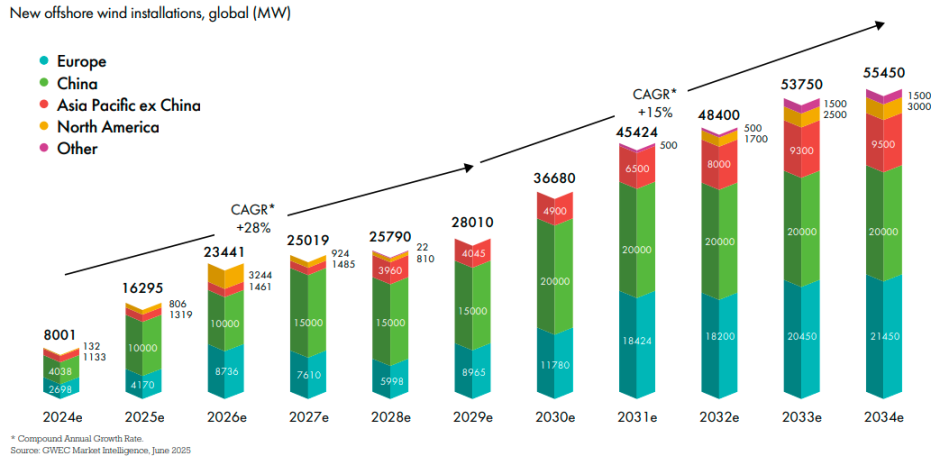Germany has made a significant advancement in renewable energy with the completion of a 60,000 megawatt (MW) wind energy plant, featuring 1,000 wind turbines. This project positions Germany as a leader in Europe’s energy sector and demonstrates the country’s commitment to transitioning away from fossil fuels.
The milestone comes as part of a larger global shift towards renewable resources, driven by the urgent need to combat climate change. Germany’s achievement is particularly notable as it marks the production of the 1,000th main bearing for multi-megawatt turbines at Thyssenkrupp Rothe Erde facilities. This production is expected to boost electricity output from these turbines by 50% this year, generating enough energy to power approximately 7.5 million homes annually.
Offshore wind turbines play a key role in Germany’s energy strategy, with 1,200 of the country’s 30,000 operational turbines located at sea. These offshore turbines benefit from consistent wind conditions, allowing them to operate at higher efficiency levels. The design of these turbines features rotors with a diameter of 220 meters and blades extending up to 100 meters, made from materials that resist corrosion. This design enables them to withstand harsh weather and wind conditions, ensuring stable energy generation.
The efficiency of Germany’s wind energy plants is further enhanced by the advanced engineering of their turbine components. Bearings transfer wind energy to generators instantly, optimizing performance as wind speeds increase. The azimuth bearing allows the nacelle to pivot according to wind direction, improving overall efficiency and response to varying wind conditions.
Germany currently holds the title of Europe’s top country in wind energy, boasting an installed capacity of 61,405 MW. While it ranks third globally in total wind power capacity, its advancements in technology and infrastructure make it a benchmark for other nations aiming to expand their renewable energy portfolios. The country’s efforts align with European Union climate goals for carbon neutrality, reinforcing its position as a primary destination for future sustainable energy projects.
Germany’s initiative serves as a model for other countries looking to enhance their renewable energy capabilities. By investing in technology and infrastructure, Germany demonstrates that substantial increases in renewable energy output are achievable, urging other nations to learn from its experience in transitioning to greener energy sources.




